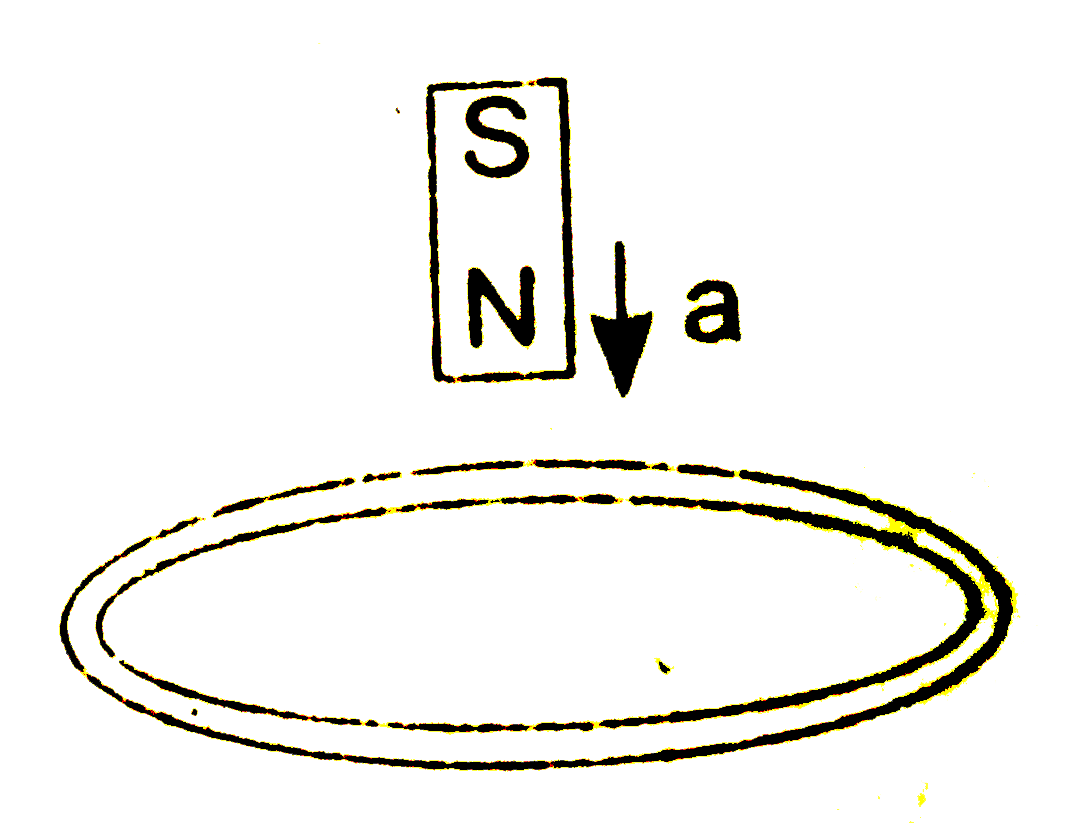In a certain code, the symbol for 0 (zero) is @ and for 1 is $. There are no other symbols for all other numbers greater than one. The numbers greater than 1 are to be written only by using the two symbols given above. The value of the symbol for 1 doubles itself every time it shifts one place to the left. Study the following examples :
'0' is written as @
'1' is written as $
'2' is written as $@
'3' is written as $$
'4' is written as $@@ and so on
Which of the following will represent 11 ?
$ @ $ $
@ $ $ @
$ $ @ @
$ @ $ @ @
The correct Answer is:A
To get the binary equivalent of 11, we use the method of successive divisions by 2.
11151201
Hence, the binary form is 1011. Replacing 1 by $ and 0 by @ we have $@$$. Correct choice (1).
Quicker method : (4) is not correct as, by Tip 2 (A), 11 can.t have five digits in decimal form. (3) is not correct as 11 is an odd number, so it can.t have, by Tip 1 (A), a 0, i.e. a @ in the end. (2) can.t be correct as it is essentially a three-digit number because the leftmost digit is 0 (i.e. @) (ee Tip 3). That leaves only answer choice 1. [unless, choice None of these is correct, our quicker method gives correct answer. Therefore, note that our quicker method essentially helps you eliminate the wrong answers but doesn.t help you get the right one.]
Topper's Solved these Questions
Similar Questions
In a certain code, the symbol for 0 (zero) is * and that for 1 is Δ. There are no other symbols for all other numbers greater than one. The numbers greater than 1 are to be written only by using the two symbols givnen above. The value of the symbol for 1 doubles itself every time it shifts one place to the left. Study the following examples :
'0' is written as *
'1' is written as Δ
'2' is written as Δ*
'3' is written as ΔΔ
'4' is written as Δ ** and so on.
Which of the following numbers will be represented by ΔΔΔ*Δ ?02:35View SolutionP @ Q means P is greater than Q.
P @–– Q means P is either greater than or equal to Q.
P = Q means P is equal to Q.
P © Q means P is smaller than Q.
P ©– Q means P is either smaller than or equal to Q.
Statements: A@B,B ©–––C,C ©–––D
Conclusions: I. A @ D II. C = D01:49View Solutionसंलग्न चित्र में, यदि धारामापी G में कोई विक्षेप नहीं हैं तो एक दशा में प्रतिरोध R का मान तथा इसमें प्रवाहित धारा का मान परिकलित कीजिए ।
05:00View Solutionचित्रानुसार एक दण्ड चुम्बक मुक्त रूप से एक कुण्डली के बीच से होकर गिरता है। कारण सहित बताइए कि चुम्बक का त्वरण (a ) गुरुत्वीय त्वरण (g ) से कम अथवा समान अथवा अधिक होगा।
 02:24View Solution
02:24View Solutionएक स्कूटर का पहले 1 किमी का निश्चित किराया है तथा इसके बाद के प्रत्येक किमी के लिये कुछ कम किराया हैं। यदि एक दिन आलिया 5 किमी के ₹24 तथा किसी अन्य दिन के लिये 8 किमी के ₹35.40 का भुगतान करती है तो पहले क्रिमी तया इसके बाद के प्रत्येक किमी का किराया ज्ञात कीजिए।
02:02View Solutionसमस्याओ में रेखिक समीकरण युग्म बनाइए और उनके हल प्रतिस्थापन विधि द्वारा ज्ञात कीजिए :
दो सख्याओ का अन्तर 26 है और एक सख्या दूसरी सख्या की तीन गुनी है उन्हे ज्ञात कीजिए।01:25View Solutionk किस मान के लिए , निम्न रेखिक समीकरण के युग्म का कोई हल नहीं है ?
3x+y=1
(2k−1)x+(k−1)y=2k+101:59View Solutionk के किस मान के लिए दो युगपत समीकरणो x+y=2 और x−by=1 का कोई हल नहीं होगा ?
01:44View Solutionसिध्द कीजिए की c का एक ऐसा मान है जिसके लिए निकाय cx+3y=c−3 और 12x+cy=cके अपरिमित रूप से अनेक हल है इस मान ज्ञात कीजिए ।
02:51View Solutionदो सख्याओ का योग 35 और इनका अन्तर 13 है । सख्याए ज्ञात कीजिए ।
02:15View Solutiona और b के मान ज्ञात कीजिए जिनके लिये निम्नलिखित समीकरण निकाय के अपरिमित रूप से अनके हल है :
2x−(a−4)y=2b+1 और 4x−(a−1)y=5b−106:06View Solutionm और n के मान ज्ञात कीजिए जिनके लिये निम्नलिखित समीकरण निकाय के अपरिमित रूप से अनके हल है :
(2m−1)x+3y−5=0 और 3x+(n−1)y−2=004:17View Solutionदो पाँसे एक साथ उछाले जाते हैं। प्रायिकता ज्ञात कीजिए, जबकि ऊपर पड़ने वाली संख्याओं का योगफल
(i) एक सम संख्या हो, जो 8 से अधिक हो,
(ii) 3 का गुणज हो, जोकि 9 से अधिक न हो।01:15View Solutionयदि 10 टिकटों पर 1 से 10 तक की (प्रत्येक पर एक) संख्यायें लिखी हुई हैं। कोई संख्या दोहराई नहीं गई है। यदि A एक ऐसी घटना है, जिसमें विषम संख्यायें हों और B एक ऐसी घटना हो, जिसमें 3 से विभाज्य संख्या हों, तो दिखाओ कि P(A∪B)=P(A)+P(B)−P(A∪B)
13:30View Solutionयदि किसी अभिक्रिया का साम्य स्थिरांक 1 हो तो उसके लिए मानक मुक्त ऊर्जा का मान क्या होगा ?
View Solutionदो सेलो के मानक विधुत वाहक बल नीचे दिए गये है ।
2Ag+Pt2+→2Ag++Pt, E∘=0.40V
2Ag+F2→2Ag++2F−, E∘=2.07V
यदि सेल अभिक्रिया Pt→Pt2++2e का मानक विभव 0 मान लिया जाए तो ज्ञात करो ।
(i) 1Ag→Ag++e− के लिए मानक विभव ,
(ii) F−→12F2+e के लिए मानक विभवView Solution

